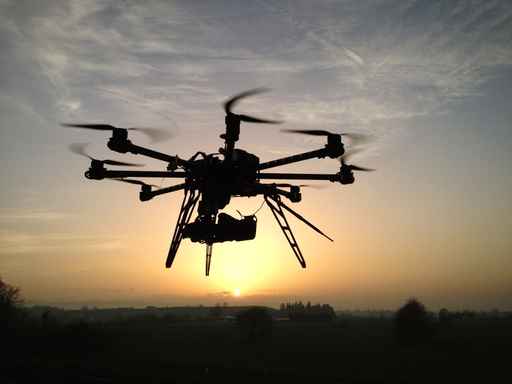As businesses and insurance companies alike push for use of commercial drones, consumers themselves only embrace them conditionally, a new Chubb survey found.
A small majority – 59 percent of respondents – said they’d either always or often permit drones to inspect utilities, facilities or property in remote areas, according to Chubb’s 2015 Consumer Perceptions of Business Risk Survey.
Just 48 percent of respondents would either always or often permit drones to take aerial pictures of property, and 42 percent would OK a drone flight for a banner advertisement in a public space.
Would consumers permit the use of commercial drones to deliver a package to a customer’s home or business? Only 37 percent of respondents said yes. A small number – 22 percent of respondents – said they’d support the use of drones to follow and record employee activities during work hours, according to the Chubb survey.
At the same time, if drones become part of a company’s operations, consumers strongly support training and other safeguards to ensure both safety and privacy.
About 92 percent of respondents want companies to offer safety training for drone operators or employees. Approximately 88 percent said they want business to make sure drone data or images they capture don’t violate individual privacy.
“As the regulatory landscape and potential uses of drones evolves, it’s important for businesses to carefully evaluate and understand the risks in order to mitigate any liabilities and minimize any potential harm,” Paul O’Donnell, Chubb’s executive field underwriter, commercial technology insurance specialty, told Carrier Management via email.
Beyond drones, the consumer survey also addressed risk in areas including 3D printing, wearable technology, and the overall job businesses are doing in protecting their employees from risk.
Steven Hernandez, Chubb’s worldwide loss control manager, said that consumer responses in all areas displayed a common theme.
“Consumers … are embracing many of the products and services being developed through new technologies, but they clearly are concerned about how companies are managing the emerging risks of such innovation,” Hernandez said in prepared remarks.
Here is a sampling of some of Chubb’s other survey results:
- 63 percent of respondents said they were either extremely or very concerned about the safety of materials used to manufacture 3D printed products. About 54 percent were wary about those products’ durability and performance.
- 77 percent of respondents said that despite risk concerns, they’d still be willing to consider the use of 3D printed items including a prosthetic limb.
- 58 percent would mull using a 3D-printed automotive part.
- 49 percent said that employees should be able to either always or often use their own personal wearable device while pursuing construction, utility or other work-related physical activity.
- 34 percent said that employees should use wearable devices while meeting clients, and 25 percent supported their use during a job interview or performance review.
- 76 percent of respondents said that businesses protect them from risk or harm either extremely or very well. That number drops to 64 percent for manufacturing employees and 63 percent for retail workers.
- In the retail sector, 58 percent of respondents said their bosses didn’t do a good job protecting financial and other personal information. By contrast, the percentage is at 37 percent for financial institutions and 36 percent for health care entities.
Opinion Research Corp. conducted the survey for Chubb in mid-March 2015.
Source: Chubb





















 Northern California Flooding This Weekend Caused by Heavy Rain, High Tides
Northern California Flooding This Weekend Caused by Heavy Rain, High Tides  Berkshire Hathaway Enters Post-Buffett Era as Share Prices Fall
Berkshire Hathaway Enters Post-Buffett Era as Share Prices Fall  Is the AI Boom a Bubble Waiting to Pop? Here’s What History Says
Is the AI Boom a Bubble Waiting to Pop? Here’s What History Says  What to Expect in 2026: U.S. P/C Results More Like 2024
What to Expect in 2026: U.S. P/C Results More Like 2024 





